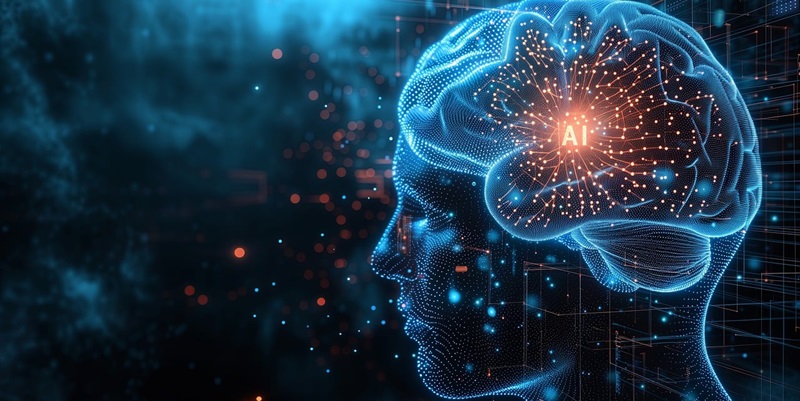Hugging Face, known for its significant contributions to artificial intelligence through its open-source projects, is now broadening its scope by venturing into the realm of robotics. As a company that has been predominantly focused on software developments, such as AI frameworks and chatbots, Hugging Face’s move into the hardware space marks a strategic shift for the startup based in Paris. This new direction, championed by former Tesla scientist Rémi Cadène, couples Hugging Face’s expertise in AI with the world of open-source robotics. This approach stands in stark contrast to the more secretive practices often seen in the industry and marks a different path compared to organizations like OpenAI. Furthermore, the company’s pivot into robotics emerges amidst legal disputes involving Elon Musk. Demonstrating its commitment to open-source values, Hugging Face is actively recruiting skilled robotics engineers to join this ambitious project that seeks to merge high-level artificial intelligence with readily available robotic technologies.
An Epoch of Democratized Robotics
With its entry into the field of robotics, Hugging Face is advocating for the adoption of affordable, standard components and the utilization of 3D printing to foster innovation and enhance accessibility. The company envisions a seamless integration of deep learning and embodied AI within its robotics projects, underscoring a commitment to push the boundaries of both AI and robotics. By using components that are easy to acquire, the goal is to open up the realm of technology and invite greater involvement in the development of AI from a wider audience.
At a time when AI ethics is at the forefront of public discourse, Hugging Face’s approach underscores a movement towards more open and equitable technological progress. Their foray into robotics is indicative of an increasing trend that blends AI with physical machines, potentially leading to broader experimentation, better access, and greater innovation. The initiatives by Hugging Face are instrumental in shaping a future in which the advantages of AI are more equitably shared, promoting a culture of open exploration and creation within the AI community. This bold move is likely to have an impact on industry standards, encouraging a move toward transparency and inclusivity in the development of AI and robotics technologies.

